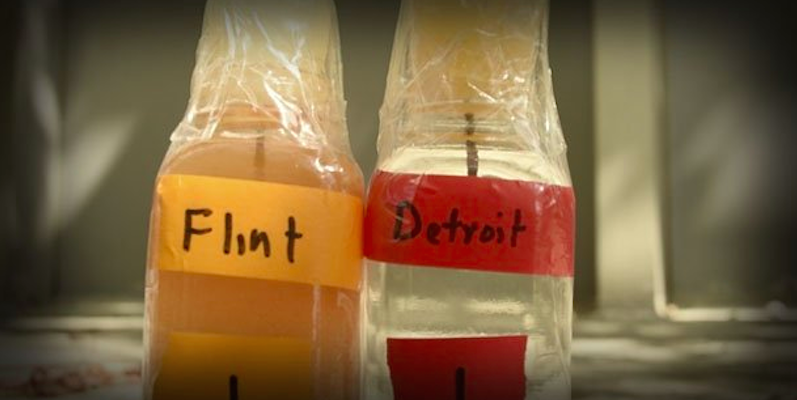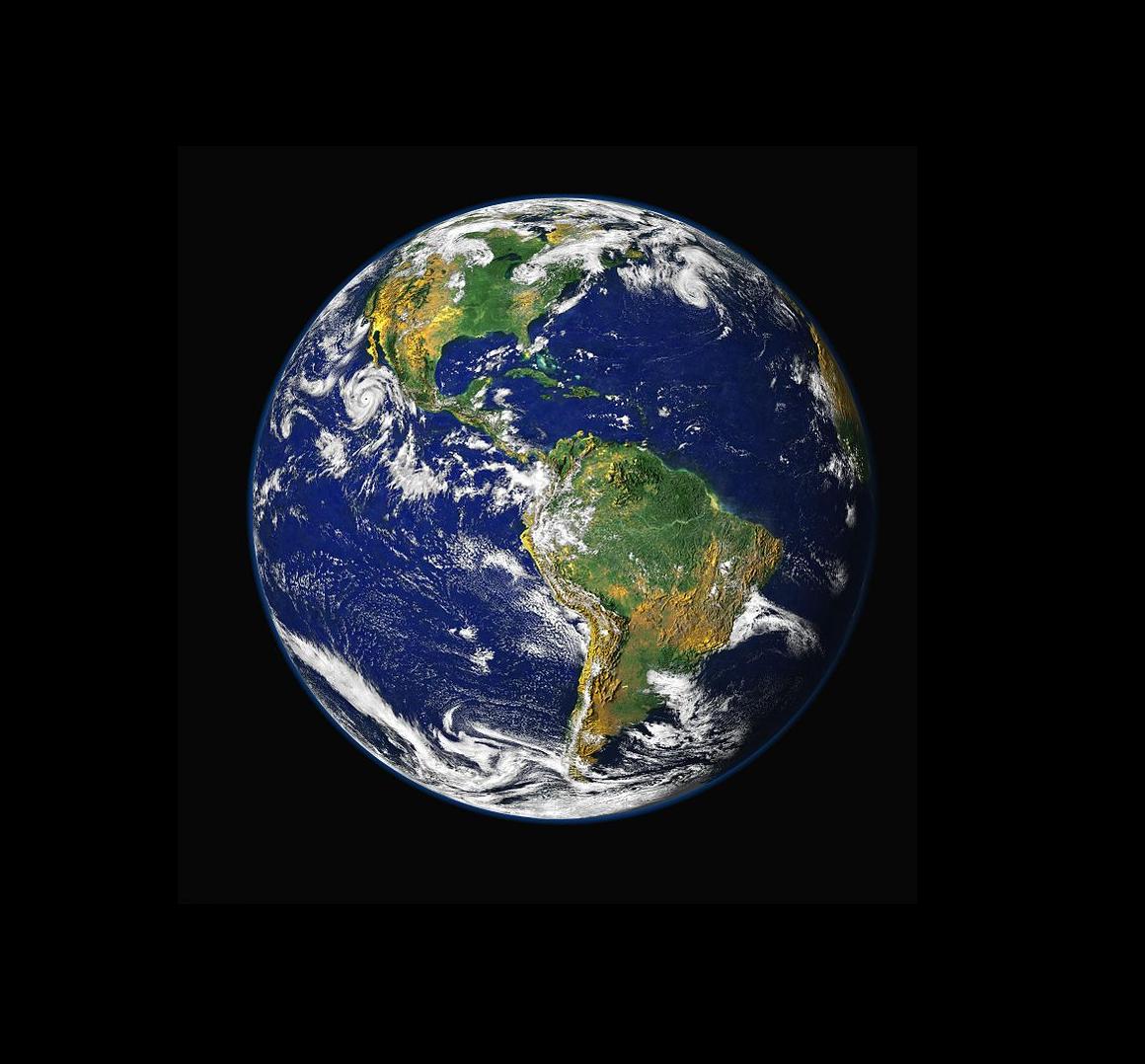Water Sources?
Who cares about water sources? Each of us should. Although, the majority of consumers probably take for granted the luxury of walking into their kitchen and turning on the faucet to see water appear. Water that is drinkable and usable for preparing their food, for hygienic purposes (baths, showers, brushing teeth, washing hands, etc.).
As I mentioned above, simplicity is sometimes the most effective way to convey the importance of taking care of the environment around us. Also, I pointed out the crisis in Flint, Michigan with the drinking water. What a disaster? Right? Depending on your geographic area, the source of your drinking water might be as close as a nearby river. Examples, include -- Animas River (Colorado), Flint River (Michigan), Elk River (West Virginia). Each of these river closures were due to either disaster or mismanagement (Flint, Michigan) which resulted in the loss of usable water at the tap for a considerable period of time. Or in the case of the Flint River, the water was tainted for a while until the city officials mismanagement was exposed.
Why do I bring this up?
The other day, I was surfing my Facebook 'home' page where all of my contacts post random thoughts and videos. I came across this simple video that really touched me. Here is the video below. I imagine that you can take 36 seconds out of your busy life to watch this simple illustration of the water chain from 'river to tap':
Posted by Anis Chaaya on Saturday, July 19, 2014
Amazing right? I mean amazingly simple. Not complex, just straight simple: what is dumped into the river is brought back to your shower. Videos such as the one above are powerful since the viewer is not challenged by considering a 'magnitude' or 'volume' of waste water that must be treated. The idea is to challenge the viewer to focus on the simple cyclical nature of how the environment is treated will loop back to the consumer eventually.
Are we really consumers of water?
Yes, We Are Water Customers!
Sounds like a rather simple, irrelevant statement - right? But think about the simplicity of the video above coupled to the complexity that is required to get the water to your tap. Yes, we pay the local Department of Water and Power to supply us with clean water to use in the examples cited above. As consumers, we might require (or assume) a certain standard of cleanliness -- for example, I do not want my tap water to be brown! I would like to be able to drink my tap water without further filtering the water! I would like consistent water to flow out of my tap!
What ever your requirement might be, there will be a corresponding cost associated with that desire. Furthermore, as more and more of the environment is destroyed (by dumping, etc.), the job of the utility company might be greater, which will result in higher payments for the same service. In the case of the water pouring out of the tap in Flint, Michigan, work will be needed to clean the water up. Here is an image of a comparison of two bottles of water (one from Flint, one from Detroit) taken from the website 'dogonews.com':
Source: 'dogonews.com'
Would you like to see the tap water emerging from the sink look like the water in the bottle on the left hand side of the picture above? I certainly would not. Upon first seeing such a discoloration, I would bring up the difference in color immediately to authorities. Of course, complaining from a distance in hindsight and after the fact is easier said than done. In the above case, the contaminants are from corroded infrastructure. I would hope that city officials would have more integrity and clean up the mess before the nation has heard about the problem.
Conclusion
The message is pretty clear in my mind. The water that emerges out of the tap or shower head or sink is directly related to the water that we pollute in our rivers. Therefore, treating the environment in a sustainable and eco-friendly manner is in our own best interest. The effects of not doing so are completely apparent (the visual) and in some cases not yet realized. Longterm effects are not known. I will close with a short story that was told to me at a wedding by a professor on my graduate committee -- a chemist. Below is a picture of the planet Earth:
I was standing on a balcony in Santa Barbara after a wedding having a few beers looking off into the ocean while talking to a professor. I was still in the graduate program at UC Riverside at the time, he was on my graduate committee. He said looking off onto the horizon regarding 'environmental waste' the following:
Whenever I see a picture of the planet Earth taken from space, I am often reminded of my curiosity about those who dump or litter on beaches or throw trash into the ocean. I think to myself, if we trash that planet, where else do we have to go?
He is right. In the past, I have written about the water running off during a storm into the ocean. Couple that thought to how we damage those water ways. Could that water be usable? I am not asking you to change everything about yourself. I am asking that you relay the message to your friends and family to be more cognizant of the connection between the river flowing by or through your town and the drinking water. Start to consider the connection of waste to drinking water.
In a post next week, I will discuss plastics that are thrown into the ocean to accumulate into large waste piles. Specifically, from the measurement standpoint. What do I mean by this? Wait and see. Have a great evening!


No comments:
Post a Comment